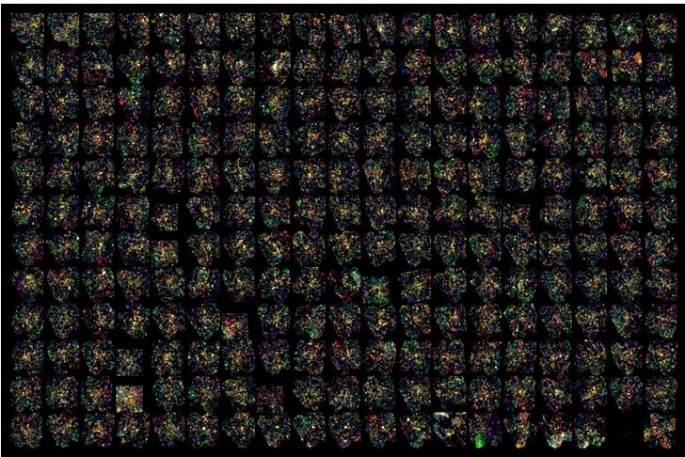Astronomers have announced the discovery of over 200 "baby" galaxy clusters, the largest such number ever found at one time.
They said this immensely gratifying find will reveal clues about the nature of dark matter, how this substance influences galaxies and how galaxies form and evolve over time. These baby galaxy clusters are also "star factories" producing stars at a prodigious rate.
Astronomers explained these baby galaxies, which were formed only three billion years after the Big Bang 13.8 billion years ago, are the "structural backbone of the universe", meaning they contain a large amount of visible and invisible matter.
"These are what I would call the one-percent regions -- these are the most concentrated regions in our entire universe," said David Koo, an astronomer at the University of California, Santa Cruz. "They're like the ultra wealthy parts of space."
Astronomers discovered these faintly lit and very distant galaxies using data from the now decommissioned Planck spacecraft. Before it became inactive in October 2013, Planck observed anisotropies of the cosmic microwave background (CMB) at microwave and infra-red frequencies.
"In one fell swoop they suddenly have so many to study," said Koo, who wasn't involved in the new findings. "That's pretty impressive."
Apart from studying the CMB, Planck also measured light at other wavelengths. This enabled the spacecraft to detect signals from early galaxies.
Astronomers minutely examining the Planck data found some 200 bright spots worth investigating. They pointed the telescope of the Herschel Space Observatory, the largest infrared telescope ever put into space, at the spots to measure far infrared and wavelengths just under a millimeter.
When they zoomed in, astronomers found these regions of space were indeed extra dense. They saw each had at least about 10 young galaxies forming new stars at an exceptionally fast clip up to 1,500 times greater than the Milky Way, said Wired.
Astronomers also noted galaxy clusters also have a lot of dark matter, that invisible substance that binds all the galaxies together like glue.
"They may offer one of the best ways for us to learn what dark matter is," said Brenda Frye, an astronomer at the University of Arizona who was a part of the new research.
Frye said by studying how galaxies in clusters move, astronomers can infer dark matter's gravitational influence, measure its properties and learn the role it plays in a young galaxy's life.




























